IN-DEPTH
As Springfield continues to see growth in its tourism industry, community leaders see a glaring need: a convention center. Not just any large ballroom or meeting space, but a complex capable of hosting thousands of people for different types of events with sufficient hotel space and connectivity.
Why?
Springfield is losing conventions, and the economic impact they bring, to other communities across the region — not just bigger cities, but similar or even smaller markets. While the need has been around for years, how to meet it remains uncertain.
“From the ability to attract conventions, we have a very desirable location with great amenities, airports, culture, dining, all the pieces, things to do that complement, we just don't have the center, the ability to accommodate,” said Mark Hecquet, president and CEO of the Springfield Convention and Visitors Bureau.
“But the story is a lot bigger than that, in my eyes. As you look at why you really want a convention center — the convention center is really purely an economic driver for the entire community.”
Hecquet is one of several community leaders interviewed by the Hauxeda over the last several months about whether they see a need for a much larger and consolidated hotel, conference and exposition space to make Springfield more competitive for regional conventions. While there is widespread agreement on the need, picking a location and a development plan remain elusive, particularly in a post-COVID era.
Flexibility key to meet different needs
While a good indicator of overall capacity, the total square footage of meeting space in a convention center doesn’t tell the whole story. Though Springfield is home to a number of convention centers and event venues, none have the flexibility or capacity of other facilities in the region.
At 170,000 square feet, the University Plaza Hotel and Convention Center, along with the Springfield Expo Center across the street, offers the most meeting space of any venue in Springfield. University Plaza itself features 46,818 square feet of meeting space, with the exhibition hall providing the additional 123,182 overall square footage of the complex. Both facilities are operated by Atrium Hospitality, though the Expo Center is owned by the city.
In 2022, former CVB President Tracy Kimberlin was critical of the lack of investment in University Plaza, citing a loss of business due to deteriorating conditions. City Manager Jason Gage commended recent efforts to improve the facility, saying “they’re doing everything they can with the resources they have to create the best experience they can.”
“In the end, though, because of the age of the facility, it takes a significant investment to upgrade [it],” Gage said. “And even then, there's questions about whether it can meet our future capacity needs.”
While they only feature a fraction of the combined meeting space of University Plaza and the Expo Center, the Oasis Hotel and Convention Center, the Glendalough Conference Center at the DoubleTree Hotel and Bass Pro’s White River Conference Center are among Springfield’s biggest convention centers.
In addition, the Ozark Empire Fairgrounds can also host sizable crowds between the E*Plex, which features 85,100 square feet of exhibit space, and the new 163,000-square-foot Wilson Logistics Arena, though the facilities serve a different clientele than a traditional convention center.
“Our current spaces at University Plaza, Doubletree [and] Oasis have large meeting spaces that, in their own right, are doing great,” Hecquet said. “We have a lot of success and we have great relationships working with them. Where the opportunity really lies is in a larger space — a several hundred thousand square foot convention center, that we would then be able to attract conventions, meetings with thousands of people, which we simply can't attract right now because we just can't accommodate these size of groups.”
Largest Regional Convention Centers
| CITY | CONVENTION CENTER |
| Springfield | University Plaza Convention Center + Expo Center |
| Branson | Branson Convention Center |
| Kansas City | Kansas City Convention Center |
| St. Louis | America's Convention Center Complex |
| St. Charles | St. Charles Convention Center |
| Cape Girardeau | Cape Girardeau Conference Center |
| Osage Beach | Tan-Tar-A Conference Center |
| Overland Park | Overland Park Convention Center |
| Tulsa | Cox Business Convention Center |
| Rogers | Rogers Convention Center |
| Little Rock | Statehouse Convention Center |
Rather, those groups find accommodation elsewhere. While Missouri’s largest event venues can be found in the state’s two biggest cities, other regional hubs, both large and small, host sizable facilities.
Though Springfield is competing for convention business on a national basis, Hecquet said there is a clear demand in southwest Missouri, evident through the success of the Branson Convention Center, which features 220,000 square feet of meeting space alongside a connected Hilton hotel.
Despite the competition, Gage said that Branson complements Springfield, and its proximity allows convention-goers in either community to enjoy the other city.
“Our whole region is very attractive for that purpose,” Gage said.

While crucial to the overall size and economic impact of events, square footage alone won’t necessarily meet the needs of every convention, conference or trade show. Flexibility and creativity is key, Hecquet said.
“Do we need to have a dinner for 5,000 people? Well, one group may need that, but another group may say no, I need 100 meeting rooms for 50 people,” Hecquet said. “Same size group, but different needs.”
Those needs can take the form of a grand ballroom, breakout meeting spaces or an exhibition hall, and may require a hotel to house convention-goers. Amenities — both in and around the venue — are a plus. A nearby airport helps. While University Plaza offers that package, the complex is spread across three detached buildings on separate sides of St. Louis Street. Ideally, a new convention center should meet different needs of different groups under one roof.
Conventions leave Springfield for more space, connectivity
Several organizations have either outgrown Springfield’s convention capacity or opted elsewhere due to the layout of the city’s largest option. For the National Beta Club, which moved its state convention from Springfield to Branson in 2023, it was both.
“When you're dealing with students, that's not exactly ideal,” said Bobby Hart, CEO of the academic organization for fourth- through 12-grade students. “That was a challenge for us that ultimately led to us exploring other options because those three separate buildings — in order to have enough space to meet our needs — was quite an obstacle for us.”
While in Springfield, a lack of lodging was another challenge for the Beta Club, which was forced to spread its 3,000-4,000 attendees across several hotels and bus them to University Plaza.
It’s a similar story for the Missouri Municipal League, which hasn’t held its annual conference in Springfield since the Branson Convention Center opened in 2007. Executive Director Richard Sheets echoed the challenges of the Beta Club, and added that the design of the Expo Center “just didn’t work.”
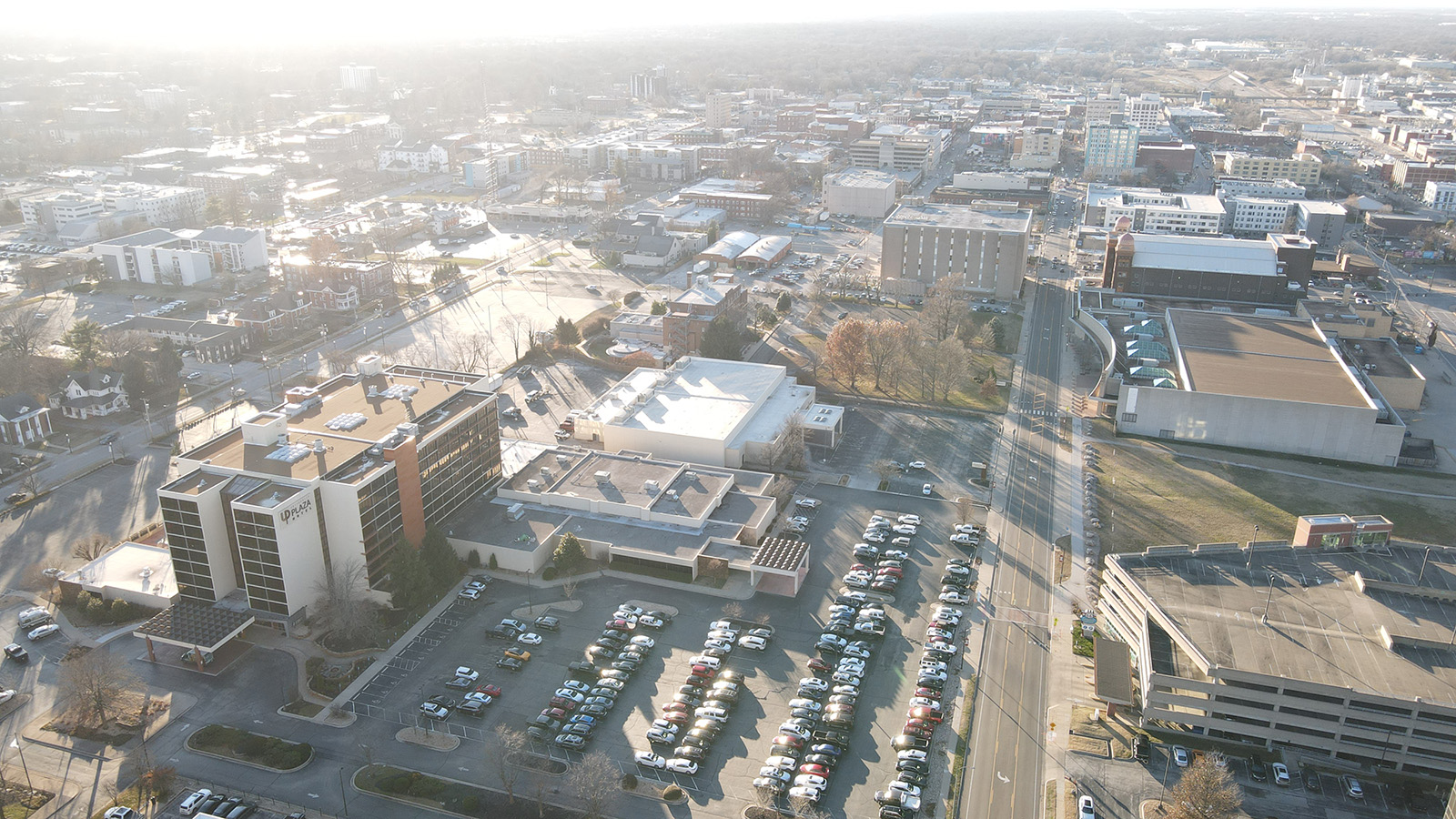
Though based in Springfield, the Missouri Association of Manufacturers has also dropped the city from its rotation of locations to hold conventions. Associate Director Jeff Cumley says the organization has outgrown most of Springfield’s venues, and the only one that offers enough space — University Plaza — is “disjointed,” both in its disconnection and the “physical barriers” at the Expo Center.
“People park everywhere, all over downtown trying to load in, they’re pushing carts up and down sidewalks to get into that building,” Cumley said. “So not only is it really not a conducive place for us to be, even if it was, it wouldn't be an easy venue to load in and load out.”
Representatives from each organization were quick to say they would consider bringing their conventions and conferences back to Springfield if a suitable venue were constructed.
“We really would love to go back to Springfield,” Sheets said. “If Springfield built a convention center and hotel that met our needs, we would be back in a flash.”
Springfield has explored doing just that.
Downtown, Bass Pro area among possible locations
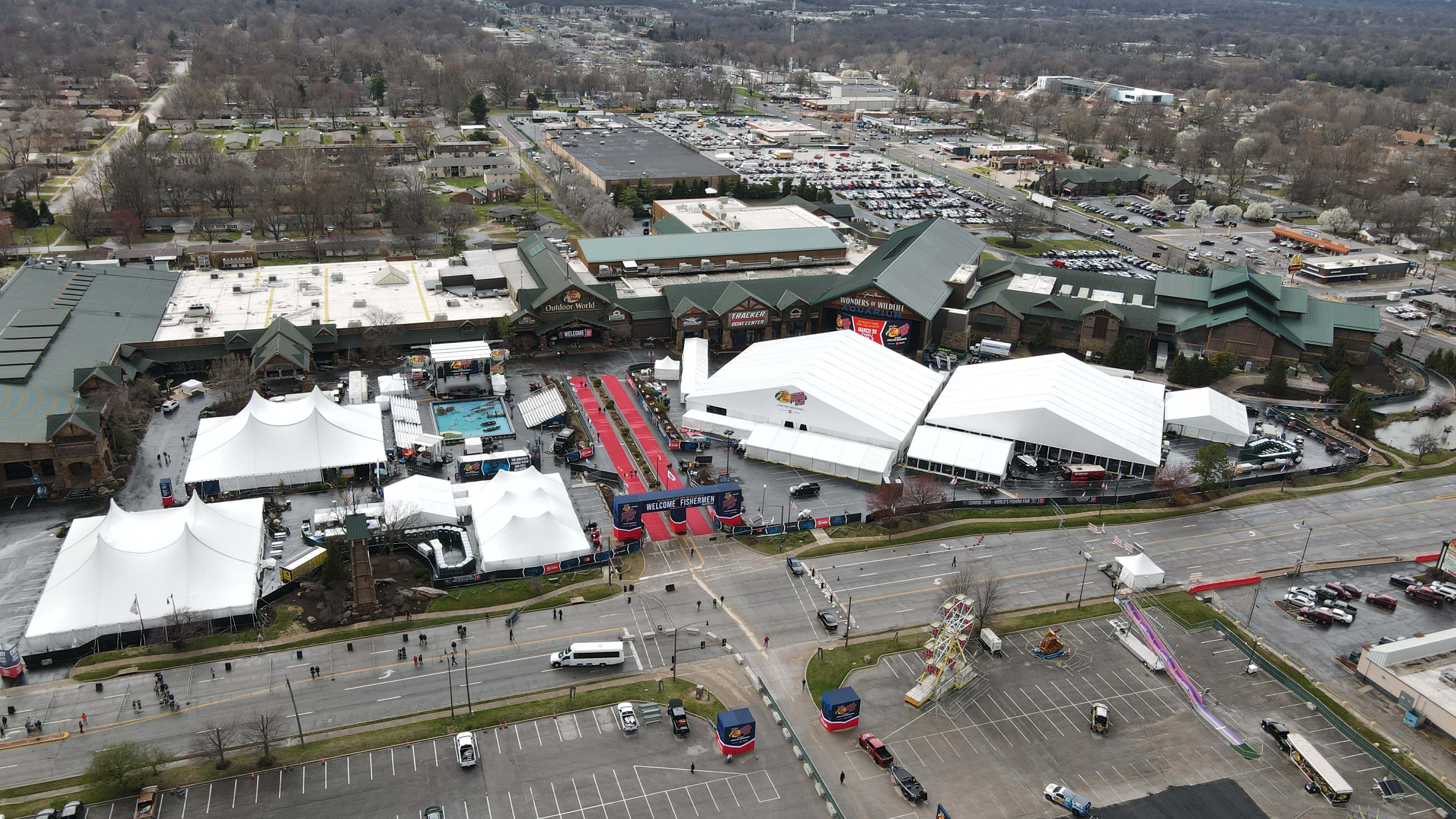
Commissioned by the city, CVB and Springfield Area Chamber of Commerce, a trio of feasibility studies conducted by Hunden Strategic Partners in the 2010s analyzed travel industry trends, explored potential sites for a new Springfield facility and projected the economic impact a new convention center could have on the city.
Hecquet said a new study is likely needed to take account of changes to the tourism industry following the COVID-19 pandemic.
Though several locations were considered for a new or expanded convention center development, including around Bass Pro Shops, the downtown area has repeatedly been cited as a possible location, after plans fell through for a hotel on the 1.7 acre lot between the Expo Center and the Jordan Valley Car Park.
A request for proposals in 2007 drew interest from Branson-based HCW Development, but after the city reissued a second round of RFPs, HCW withdrew from contention, citing concerns with the operating agreement Hammons had with the Expo Center.
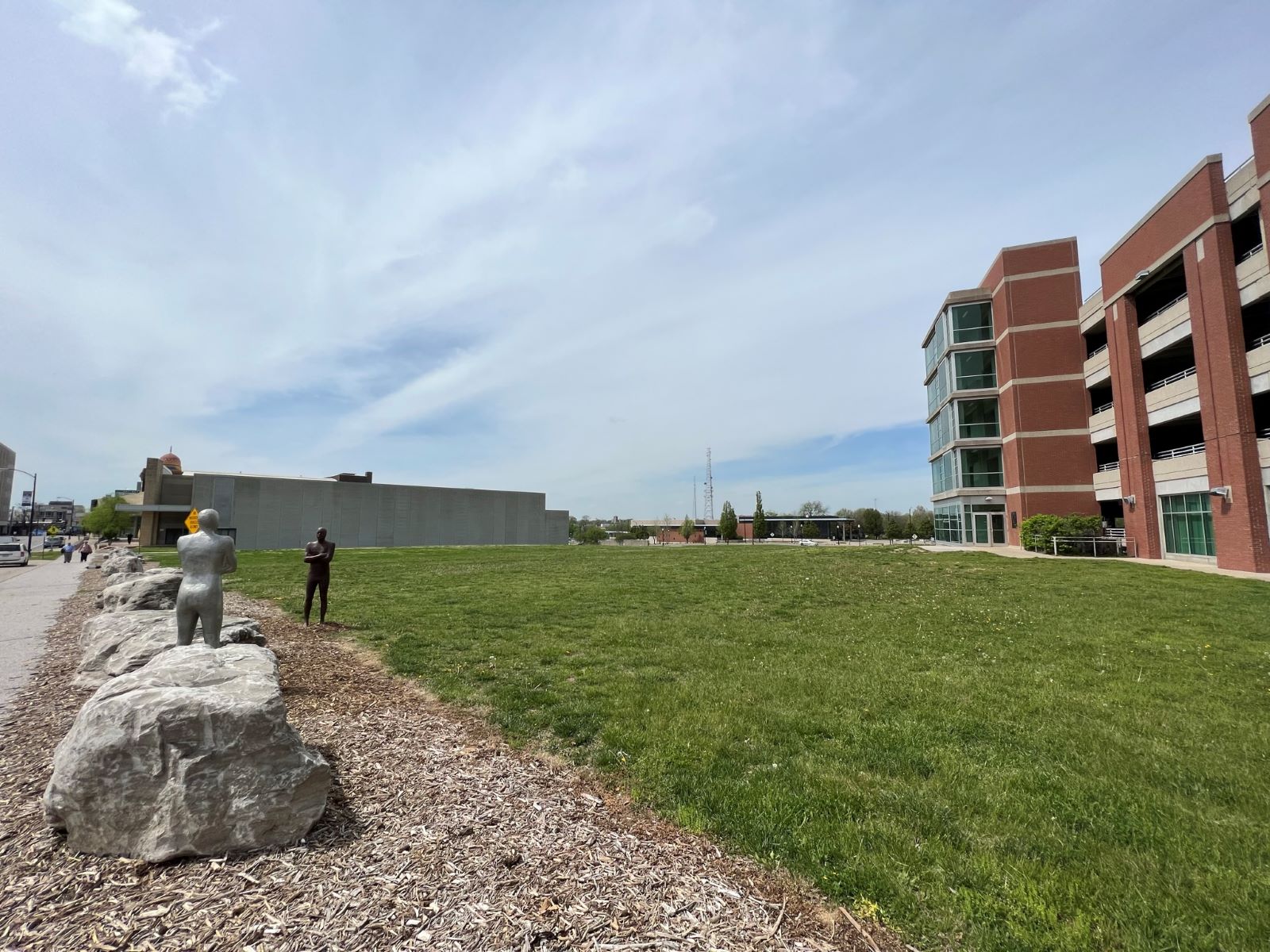
John Q. Hammons subsequently purchased the parcel and parking garage from the city for $7 million, according to a story in the Springfield Business Journal. The Business Journal later reported that Hammons said he was unable to secure financing for the project.
The vacant land was reacquired by the city, but the car park remained in Hammons possession.
In an interview with the Daily Citizen, Richard Huffman, CEO of HCW, suggested Hammons merely aimed to protect University Plaza from competition, and that city officials were too “in love” with Hammons to award the project to anyone else.
“His intention was never to build a convention center, because he didn't want to compete against the land and the building that he already owned,” Huffman claimed. “That’s why Springfield never got a convention center.”
Empty lot next to Expo Center still part of conversation

Hecquet said the empty lot — which he overlooks from his desk at the CVB offices in the Jordan Valley Car Park — still carries similar possibilities.
The 2016 feasibility study proposed three different possibilities for the parcel, all including an adjacent hotel and added meeting space, differentiating on whether to demolish the Expo Center. The proposals varied in size — from 77,000-123,700 square feet of meeting space, with the latter including the Expo Center. The report projected a one-time construction impact — including spending and jobs — of over $73 million.
University Plaza also holds opportunity, Hecquet said, whether through renovations or connectivity to a new development.
Matt Morrow, president of the Springfield Area Chamber of Commerce, emphasized that, no matter how a new or expanded convention center came about, it needed to be interconnected.
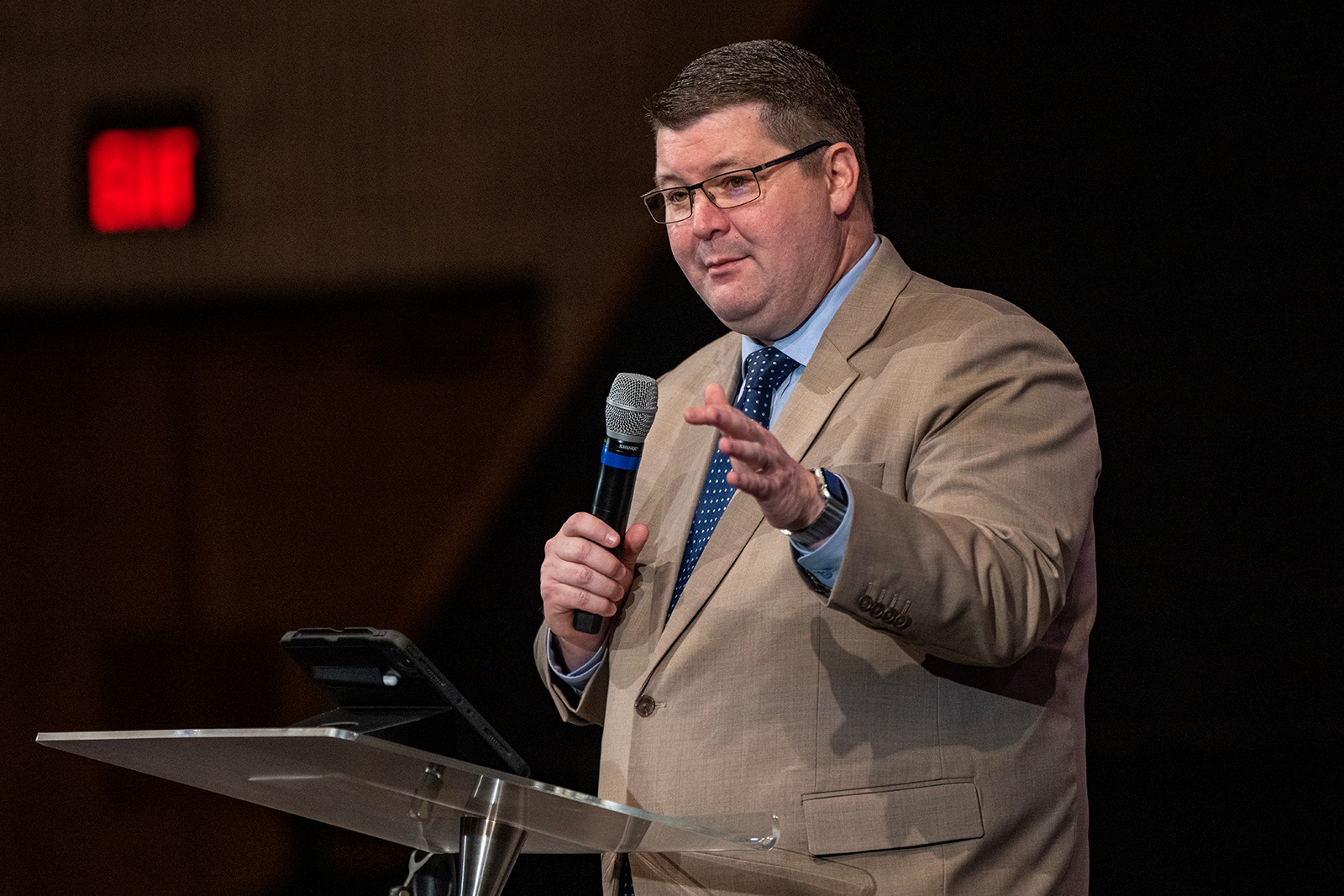
“There are ways that you could achieve that with University Plaza, there are ways that it could happen with a new hotel,” Morrow said. “We're pretty agnostic in terms of the way that we get there.”
Jason Gage was not serving as city manager during the previous debates about a convention center, but he agrees that a new or expanded facility with enough space, flexibility, parking and hotel rooms could meet Springfield’s needs.
“I don't think that it necessarily matters,” Gage said of whether a new or expanded convention center would be better. “I think whatever you have, though, needs to feel modern, fresh and it'd have sufficient capacity and services supporting it.”
Is Atrium a potential player, or a seller?
Kimberlin, the former CVB President, previously reported that Atrium Hospitality executives were considering either selling University Plaza or making improvements to the property. Officials with University Plaza and Atrium Hospitality have not responded to requests for comment.
Another possible location floated recently was the area around Lake Springfield. The master plan recently approved by the Springfield City Council mentions that possibility, though Gage said such a development would require a lot of support services the area around the lake doesn’t currently offer.
“There's not a real set location, although downtown, it would be nice to be able to utilize our Expo Center,” Gage said. “But we’re not in a position to do that right now. Long-term thinking, why not try to use the facility, and upgrade and incorporate that, that would be good.”

Tim O’Reilly, CEO of Springfield-based O’Reilly Hospitality Management, said it depends on what area city leaders want to see benefit the most from the economic impact of a new convention center, but noted that downtown is “best-suited.” His company owns and operates hotels and convention centers across the country, including the DoubleTree on the northeast side and soon-to-open Moxy Hotel in downtown Springfield.
“Whenever a project like what we've done is announced, you see incredible development that follows it all around,” O’Reilly said. “Vacant buildings get renovated, new restaurants appear, new businesses.”
Planning still in visionary stages
O’Reilly has expressed interest in helping bring a new convention center to Springfield, though he said planning hasn’t extended beyond discussions with the CVB and the city.
“There's a lot of dynamics with downtown that are unique to Springfield,” O’Reilly said. “The ownership of University Plaza, and then the parking garage and how that all works into it. But you know, it's something that I definitely want to be a part of, there just hasn't been a definitive plan that has been laid out yet.”
University Plaza and the Jordan Valley Car Park were included in the 2018 bankruptcy settlement between John Q. Hammons’ estate and the hotelier’s largest creditor, New York investment firm JD Holdings, owned by Jonathan Eilian. Both properties, among other assets included in the settlement, are managed by Atrium Hospitality, which is also owned by JD Holdings and Eilian.
Gage said O’Reilly is among a number of names who could bring a new convention center to Springfield, but emphasized that planning remains in the early phases, even after years of study, and discussion with potential developers have been “very general.”
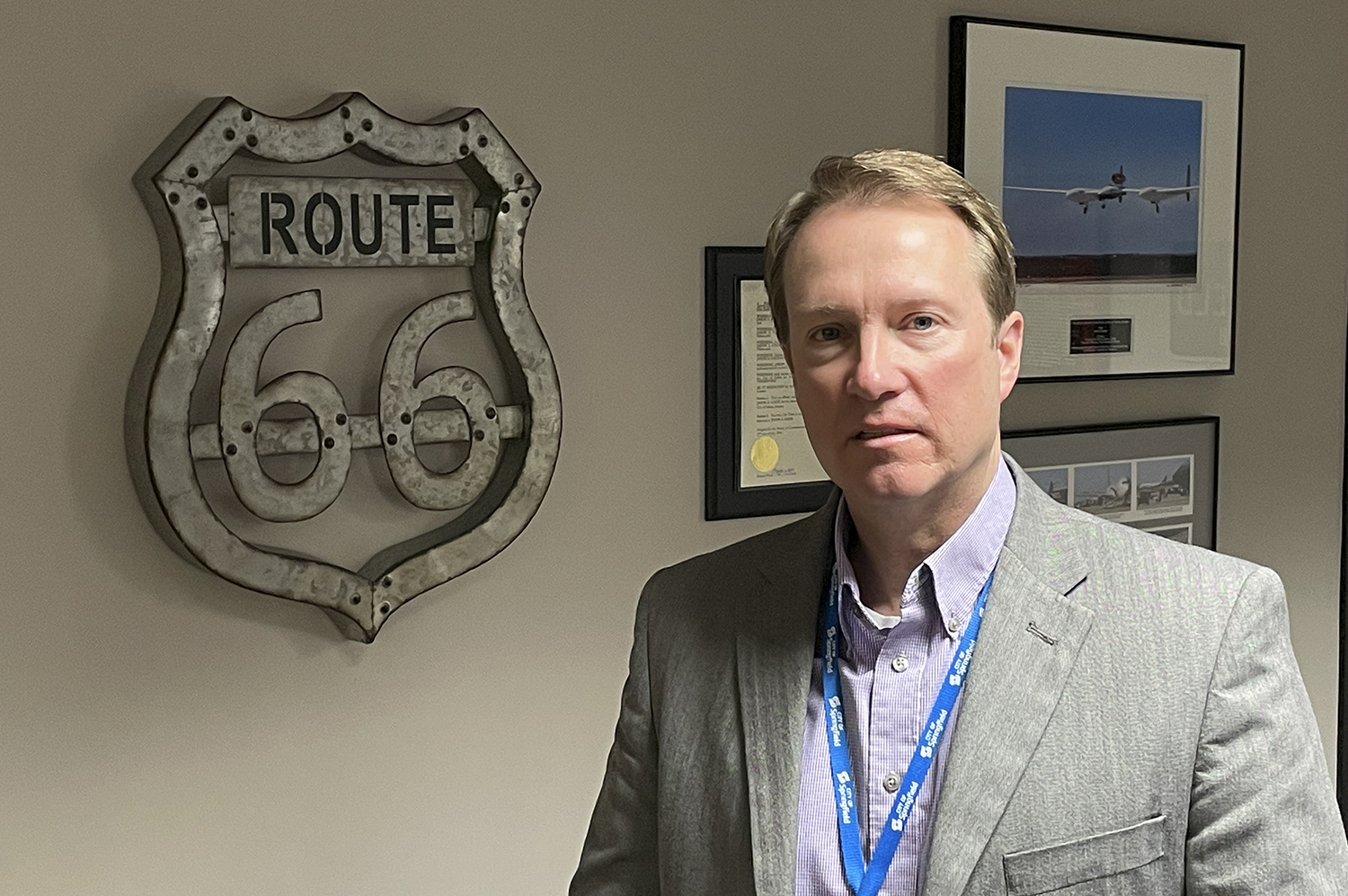
“The stages we are at right now are really for visioning,” Gage said. “We're not far enough along — as we think about available property, location, finances or any of those aspects — to really be thinking about a deal with anybody right now.”
Huffman said HCW would “look at” developing a convention center in Springfield in the future, but that their previous experience “left a sour taste in our mouth,” while acknowledging that there’s new leadership in the city government.
Morrow said convention center conversations, which the Chamber has helped facilitate between the public and private sector, were “much more intense” prior to the COVID-19 pandemic, though he anticipates those setbacks — like the loss in business travel — to get better with time.
“We're always having dialogue around that,” Morrow said. “Sometimes that dialogue is a little more energetic than others. Market forces have a lot to do with it, windows of opportunity have a lot to do with it.”
Public-private partnership likely needed
A public-private partnership is likely needed to get a convention center development off the ground, Hecquet said, and could take a number of forms — from co-ownership to tax incentives to operational agreements.
“Without question, a fully private model would be the most attractive,” Gage said. “However, that may not be possible to provide our community with the scale of facility needed to compete for larger conventions and conferences. Sometimes a public-private partnership ends up being the best approach.”
Any potential investment by the city would likely require the need to issue bonds, Gage said, though there is not a current revenue source to fund a project of that magnitude. The City Council, and its newly appointed Citizens’ Commission on Community Investment, are considering a potential tax measure to put before Springfield voters, though a convention center has not been listed among funding priorities.
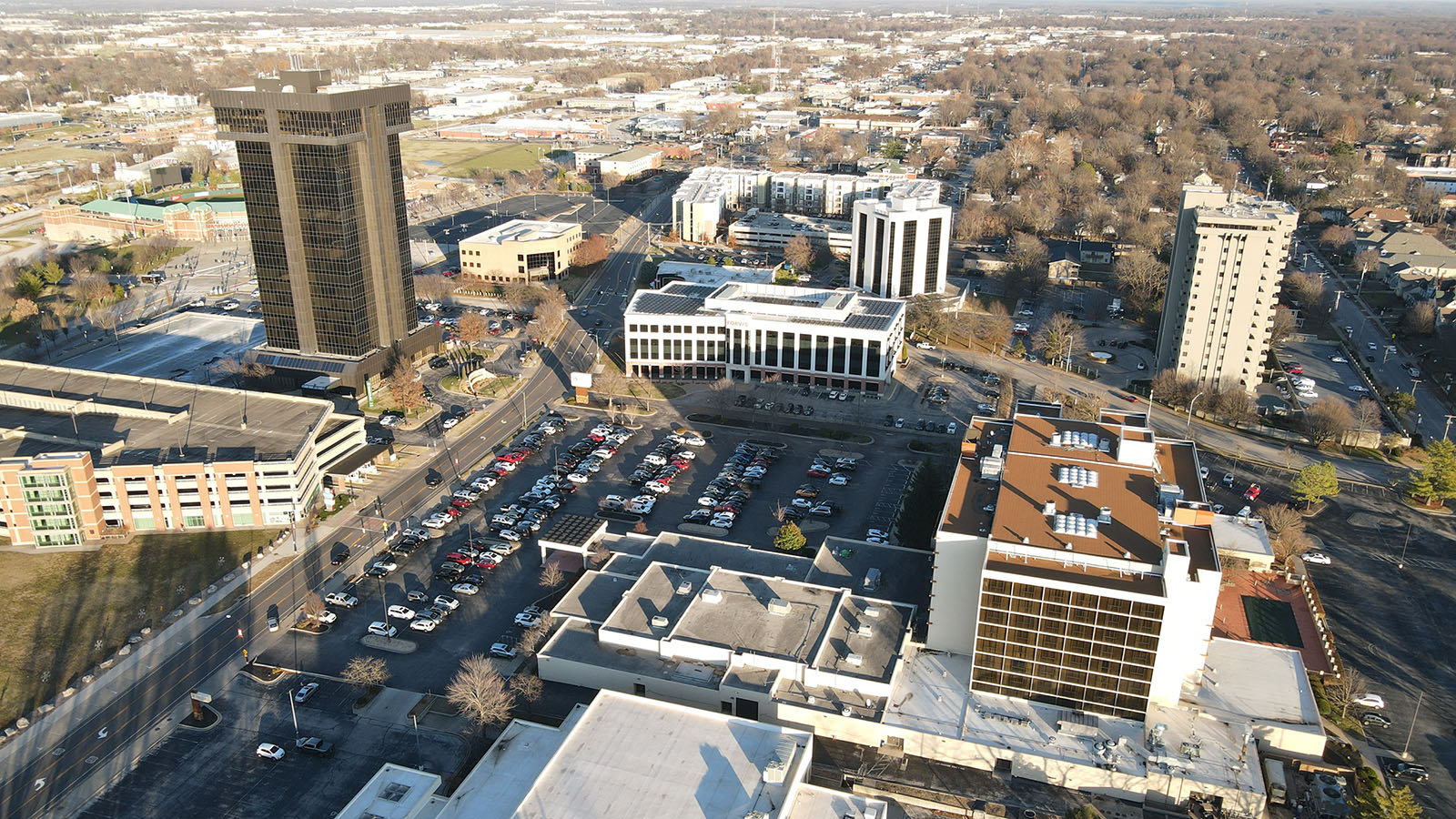
Hecquet loosely estimated the cost of a convention center needed to make a “true difference” — somewhere between 200,000-400,000 square feet — could be in the hundreds of millions of dollars.
After years of study, and foiled efforts to bring a new convention center to Springfield, city leaders are still waiting for the right time, looking for the right place and finding the right partners to bring about such a “massive” project.
“One domino just has to fall, and it all will go,” Hecquet said.

